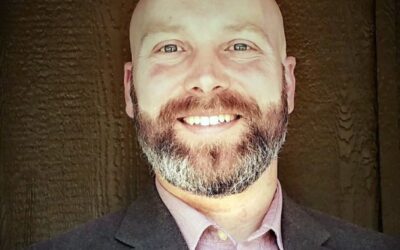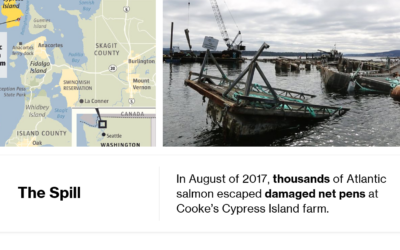
Opening interview with teacher
Planning a unit of instruction
Eliciting students' initial ideas
Adapting instruction
Eliciting and 'working on students' ideas"
Supporting ongoing changes in student thinking
Science theater
How a summary table is constructed by students
Examples of supporting sense-making
Using students' outside-of-school experiences
Pressing for evidence-based models and explanations
This is the fourth set of teaching practices. Here Anna presses her students to revise the whole class consensus model, given what they now know. She also has students do individual models and include on these where they drew evidence from for various features of the model. This is a variation of the argumentation part of the core practice. Anna has, in fact been using argumentative language with students over the past few days, asking them to refer to evidence and to compare the credibility of ideas (see the Starbuck’s cup video as an example). Near the end of the unit, Anna realizes that her students do not know “what counts” as evidence or what counts as a good explanation. She brings them to the back of her room, to her “idea space” and has an interactive but explicit conversation with them about these two ideas. She co-constructs criteria for both with her students.




 This site is primarily funded by the National Science Foundation (NSF) through Award #1907471 and #1315995
This site is primarily funded by the National Science Foundation (NSF) through Award #1907471 and #1315995